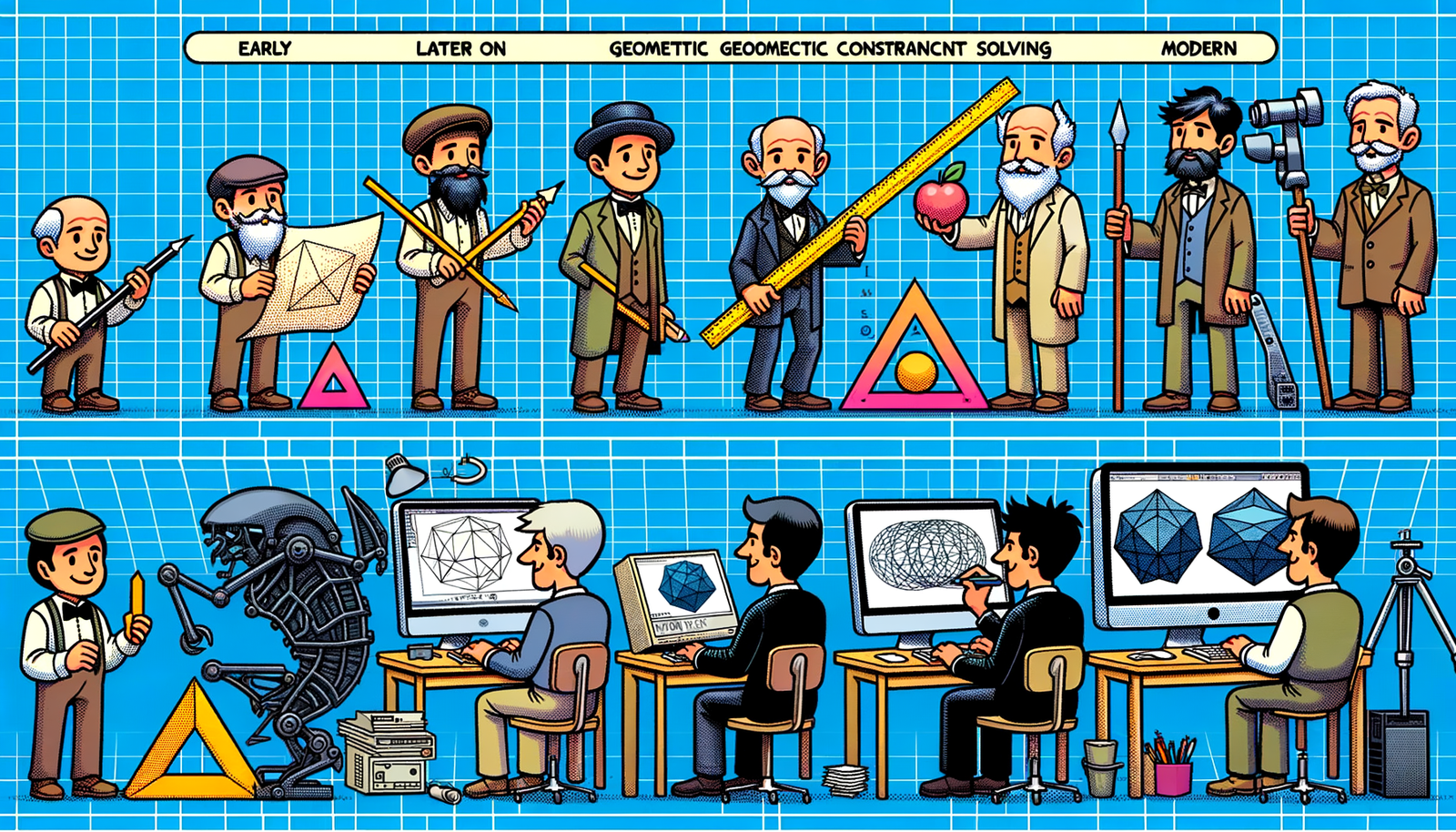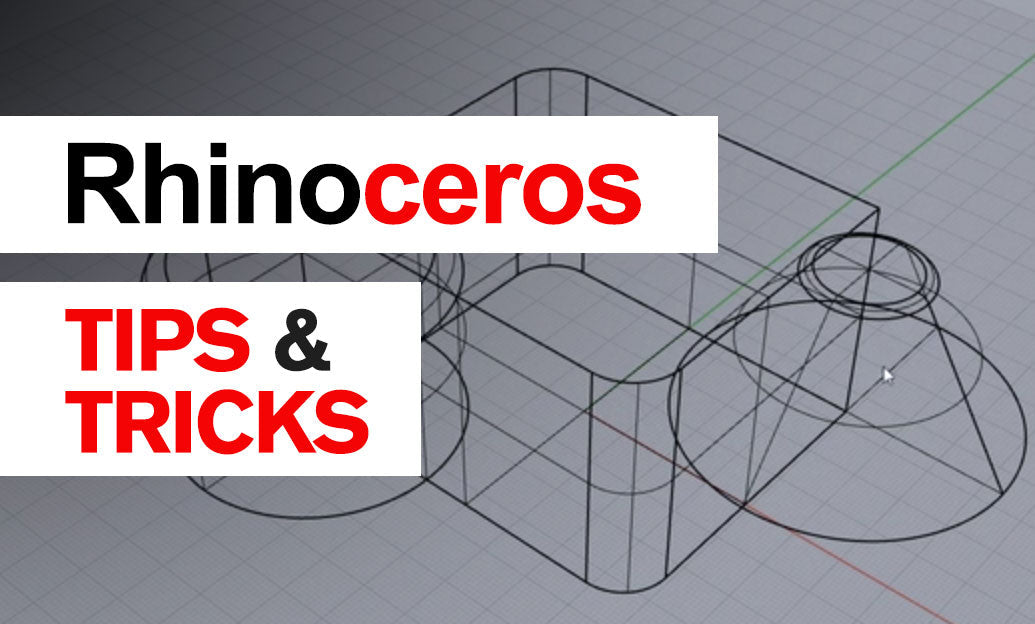Your Cart is Empty
Customer Testimonials
-
"Great customer service. The folks at Novedge were super helpful in navigating a somewhat complicated order including software upgrades and serial numbers in various stages of inactivity. They were friendly and helpful throughout the process.."
Ruben Ruckmark
"Quick & very helpful. We have been using Novedge for years and are very happy with their quick service when we need to make a purchase and excellent support resolving any issues."
Will Woodson
"Scott is the best. He reminds me about subscriptions dates, guides me in the correct direction for updates. He always responds promptly to me. He is literally the reason I continue to work with Novedge and will do so in the future."
Edward Mchugh
"Calvin Lok is “the man”. After my purchase of Sketchup 2021, he called me and provided step-by-step instructions to ease me through difficulties I was having with the setup of my new software."
Mike Borzage
9 Key Benefits of Generating Clear Work Instructions from 3D CAD Data in Manufacturing
February 17, 2024 3 min read


In the competitive landscape of manufacturing, precision and efficiency are paramount. The creation of clear, unambiguous work instructions derived directly from 3D CAD data is a powerful strategy in achieving manufacturing excellence, especially for companies producing complex products. Such a direct approach not only streamlines the manufacturing process but also ensures a higher degree of accuracy and consistency. In this blog post, we will explore nine key benefits that leveraging 3D CAD data for generating work instructions can bring to your manufacturing operations.
Enhanced Communication Across Teams
Clear work instructions created from 3D CAD data facilitate better communication between design engineers and shop floor personnel. The visual nature of 3D instructions minimizes misinterpretation and errors that can arise from textual explanations, ensuring everyone is on the same page.Reduced Time and Cost
By deriving work instructions directly from CAD models, manufacturers can avoid the time-consuming process of redrawing or using outdated methods like screenshots. This not only saves time but also reduces costs associated with labor and potential errors.Increase in Product Quality
A direct translation from CAD to work instructions ensures higher fidelity to the original design intent. This precise replication leads to products that are more consistent with the design specifications, thereby boosting overall product quality.Streamlined Training and Onboarding
3D work instructions provide an intuitive and visual method for training new employees. The use of interactive 3D models can make complex assemblies easier to understand, accelerating the learning curve and improving the effectiveness of training programs.Agility in Implementing Engineering Changes
Manufacturing is an evolving process, often requiring updates and changes. With 3D CAD-derived instructions, incorporating engineering change orders (ECOs) becomes a systematic and efficient process, allowing for quick updates to work instructions without extensive rework.Improved Compliance with Industry Standards
Precise work instructions are critical for meeting industry regulations and standards. Leveraging CAD data ensures that the manufacturing process adheres to the stringent requirements often dictated by sectors such as aerospace, automotive, and medical device manufacturing.Increased Operational Efficiency
By having a single source of truth in the 3D CAD model, all downstream processes benefit from increased efficiency. Fewer mistakes mean less rework and higher throughput, leading to shorter cycle times and faster time-to-market.Enhanced Employee Safety
Clear instructions can also play a significant role in workplace safety by detailing safe handling and assembly procedures. This is particularly critical in industries with high-risk operations or those handling sensitive or hazardous materials.Environmental Sustainability
Using digital work instructions can contribute to an organization's sustainability goals by reducing the need for paper, thereby saving resources and lowering the company's carbon footprint. The application of these benefits isn't limited to any single industry; whether it's for a medical device manufacturing company or any other business involved in creating complex products, the advantages of 3D CAD-derived work instructions are universal.To complement this strategy, it's also worth exploring additional tools that can further enhance the integration of 3D CAD data into the manufacturing workflow. Tools like Luxion's KeyShot, and Enscape can provide powerful visualization capabilities that are compatible with numerous CAD platforms, aiding in the creation of high-fidelity work instructions.
Moreover, for those specifically working within the Autodesk ecosystem, integrating AutoCAD, Revit, or 3ds Max with your CAD data can yield robust workflows for generating detailed instructions and visualizations.
For manufacturers that prioritize precision and efficiency, the transition to digital, CAD-based work instructions is not just an improvement; it's a transformational shift in how quality, communication, and innovation are approached on the shop floor. To stay ahead of the curve, it is imperative to embrace the newest and most advanced design software technology. For more information about these technologies and to ensure you're leveraging the best tools for your manufacturing needs, do not hesitate to contact our sales team at NOVEDGE.
Also in Design News

Bluebeam Tip: Maximize PDF Security and Efficiency with Bluebeam Revu's Flatten Tool
December 02, 2024 1 min read
Read More
Design Software History: Evolution and Impact of Geometric Constraint Solving in CAD History
December 02, 2024 2 min read
Read More
Rhino 3D Tip: Enhancing Scale Modeling Accuracy in Rhino 3D: Essential Tips for Designers and Engineers
December 02, 2024 2 min read
Read MoreSubscribe
Sign up to get the latest on sales, new releases and more …


